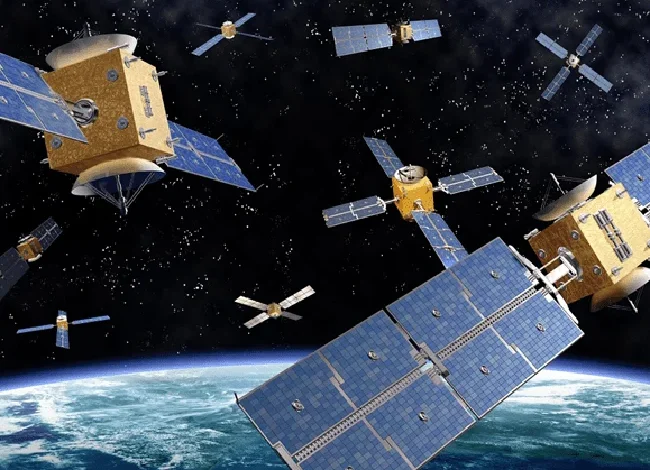Additive Space Technologies: Revolutionizing the Future

In recent years, additive manufacturing, commonly known as 3D printing, has emerged as a groundbreaking technology with transformative potential across various industries. Additive space technologies, a subset of this innovation, specifically cater to the demands and challenges unique to space exploration and aerospace engineering. In this article, we’ll delve into the significance, applications, and future prospects of additive space technologies.
Understanding Additive Space Technologies
Additive space technologies encompass a suite of additive manufacturing techniques tailored for the intricacies of space. Traditional manufacturing methods often face limitations in space applications due to weight, size, and material constraints. However, additive manufacturing in space involves layer-by-layer construction, allowing for the creation of intricate designs and complex structures using materials optimized for space environments.
Applications in Space Exploration
The applications of additive space technologies extend across the spectrum of space exploration endeavors. One of the most notable applications lies in the production of components and tools for spacecraft. 3D printers on board spacecraft or stationed in space stations enable astronauts to fabricate necessary tools and replacement parts on-demand, mitigating the need for extensive cargo loads and reducing dependence on Earth-based supply chains.
Moreover, additive manufacturing in space enables the production of lightweight yet durable components that withstand the harsh conditions of space, contributing to the development of next-generation satellites, rovers, and habitats for deep space missions. These technologies play a pivotal role in advancing exploration beyond our planet’s confines.
Challenges and Innovations
While additive space technologies offer immense promise, challenges persist. Adapting traditional 3D printing techniques to function effectively in microgravity environments is one such hurdle. Engineers and scientists are continually developing innovative solutions to optimize printing processes, such as adjusting material compositions and refining printer designs to ensure precise and reliable manufacturing in space.
Materials science is another area of intense focus. Developing materials that exhibit superior strength, thermal resistance, and resistance to radiation in the vacuum of space is crucial for the success of additive space technologies. Researchers are exploring novel materials like advanced polymers, metals, and composite materials to meet these stringent requirements.
Collaborative Initiatives and Partnerships
The advancement of additive space technologies thrives on collaboration between governmental space agencies, private companies, and research institutions. Organizations like NASA, ESA (European Space Agency), SpaceX, Blue Origin, and numerous others are actively investing in and exploring the potential of additive manufacturing in space. These collaborations facilitate the exchange of knowledge, resources, and expertise, fostering innovation and driving the evolution of space-ready additive manufacturing solutions.
Future Prospects
Looking ahead, the prospects for additive space technologies are incredibly promising. As technology evolves and becomes more cost-effective, the widespread adoption of these technologies is expected to accelerate. Enhanced capabilities in space manufacturing will not only reduce costs associated with space missions but also enable the realization of ambitious projects such as constructing structures on celestial bodies like the Moon or Mars using locally available resources through in-situ resource utilization (ISRU).
Additionally, the accessibility and democratization of space exploration might witness a surge, as smaller companies and even educational institutions could engage in space missions by leveraging the capabilities of additive space technologies.
Conclusion
Additive space technologies represent a paradigm shift in the way we conceive, design, and manufacture components and structures for space exploration. The ability to fabricate objects in space has far-reaching implications, from reducing launch payloads and costs to enabling rapid prototyping and innovation. As advancements continue and collaborative efforts flourish, additive space technologies are poised to redefine the possibilities and horizons of space exploration, propelling us further into the cosmos.
In conclusion, the fusion of additive manufacturing with space exploration heralds a new era of limitless possibilities, revolutionizing how we approach the challenges and opportunities of venturing beyond our planet.



